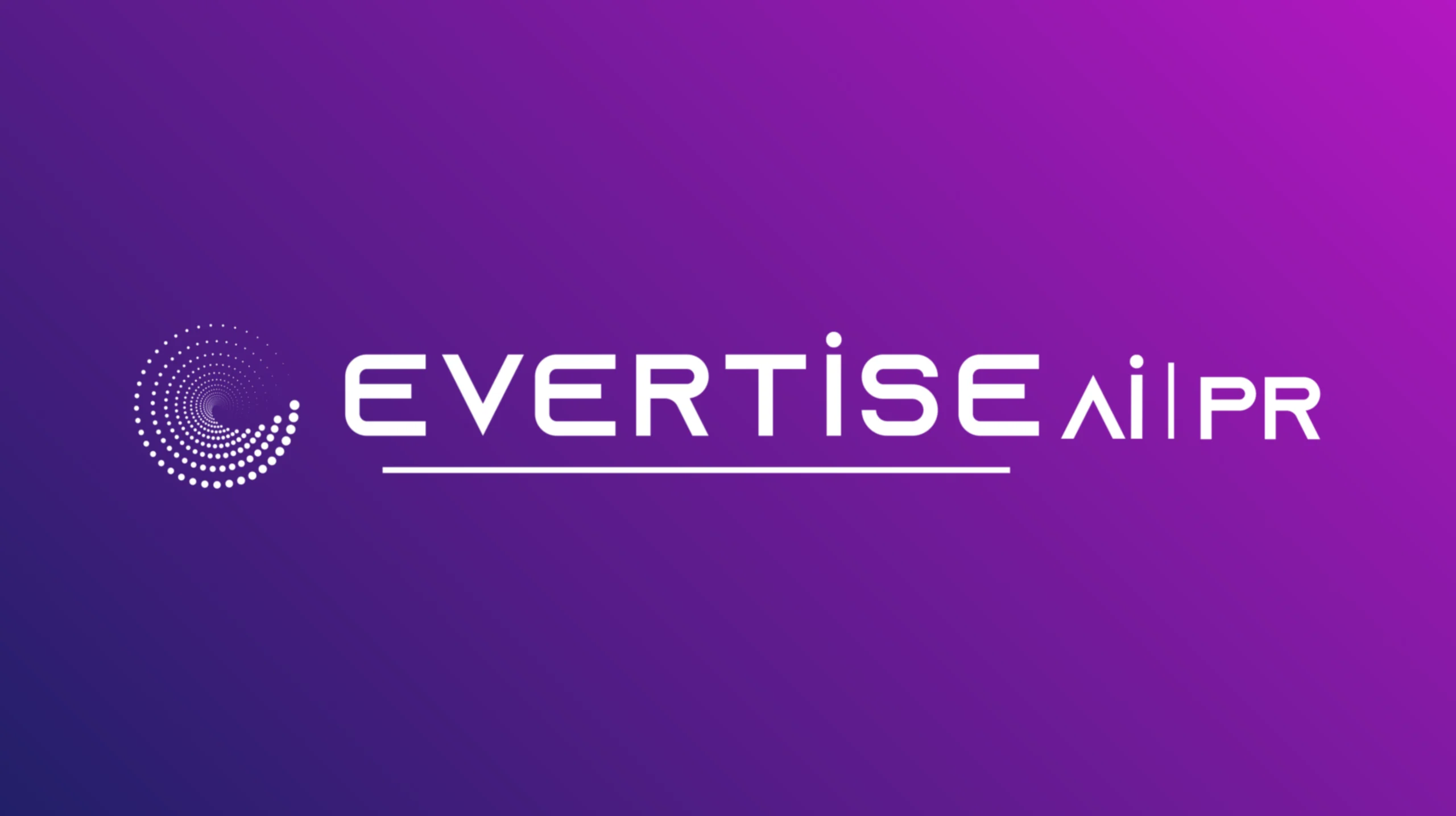
Financial reporting is a process which requires a balance of speed and accuracy in its execution to be effective. Digital tools can deliver both – but the trick is to know which to pick, and how to integrate them without creating disruption.
To that end, here’s a look at just three examples worth adopting in your operations, and what it takes to meld them with your current reporting setup without upsetting the applecart.
Advanced AI for Automated Financial Reporting
Financial reporting, once a labor-intensive task, now leverages the power of advanced artificial intelligence (AI) to streamline processes and boost accuracy. This market is expected to top $1.56 billion by the end of the year, and will grow 33.5% annually for the next half-decade.
Companies recognize the significant benefits AI brings to financial reporting. These include reduced human error, faster processing times, and more insightful data analysis.
By automating repetitive tasks such as transaction categorization or balance reconciliation, organizations save valuable time. For instance:
- Automated Data Entry: No more manual entry errors; AI algorithms handle it.
- Pattern Recognition: Identify anomalies in financial data quickly.
- Predictive Analysis: Use historical data to forecast future trends accurately.
Consider how tedious it was to deal with disparate file formats before AI. Modern solutions now extract relevant information seamlessly from documents into structured formats ready for analysis – so whether that’s converting PDF bank statements to Excel or digitizing physical paperwork, automation is here to clear away the drudgery.
Additionally, platforms use natural language processing (NLP) to interpret unstructured text within these statements or reports. This ensures no critical detail slips through the cracks during conversion or interpretation stages.
Think about predictive analytics tools integrated into these systems that assess risk factors by analyzing past transactions and external market conditions simultaneously. Companies can then make proactive decisions based on comprehensive insights provided by machine learning models trained specifically for their business environment.
Tips for Integration
- Evaluate Your Needs: Assess specific areas where AI can automate and improve financial reporting.
- Select the Right Tools: Choose AI platforms tailored for finance, like SAP Leonardo or Oracle’s Adaptive Intelligence.
- Data Preparation: Clean and organize your existing data to ensure AI systems perform optimally.
- Pilot Programs: Start with small-scale pilot projects to test AI integration before a full rollout.
- Employee Training: Train your team on new tools to maximize their efficiency and understanding of AI processes.
- Continuous Monitoring: Regularly review system performance and make adjustments as needed to optimize results.
Blockchain for Increased Transparency and Security in Reporting
Blockchain technology, initially synonymous with cryptocurrencies, now transforms financial reporting by enhancing transparency and security. This digital ledger system provides an immutable record of transactions, reducing fraud risks significantly.
The idea is to create an ecosystem in which every transaction is traceable from inception to conclusion. Blockchain offers exactly that via:
- Immutable Records: Transactions recorded on blockchain cannot be altered or deleted.
- Real-Time Audits: Continuous auditing capabilities reduce the need for time-consuming manual checks.
- Enhanced Traceability: Detailed transaction histories help pinpoint discrepancies quickly.
For instance, organizations use blockchain to streamline complex processes such as intercompany reconciliations. Traditionally laborious and error-prone tasks become straightforward with automated verification mechanisms built into the blockchain network. This is particularly relevant as a Deloitte report found 81% of decision-makers see the scalability of this tech as a selling point, meaning it’s also well suited to minimizing mistakes in SMBs and multinationals alike.
Tips for Integration
- Identify Use Cases: Focus on specific areas like fraud detection or intercompany reconciliations for blockchain integration.
- Select a Blockchain Platform: Choose robust platforms like Hyperledger Fabric or Ethereum tailored to financial applications. If you’re in the dark on this tech, keep up with the latest blockchain developments to choose wisely here.
- Collaborate with Experts: Engage blockchain consultants to design and implement solutions suited to your needs.
- Data Migration Strategy: Plan a phased approach for migrating existing records onto the blockchain ledger.
- Regulatory Compliance: Ensure that all implementations comply with relevant financial regulations and standards.
- Integrate Smart Contracts: Utilize smart contracts to automate compliance checks and transaction approvals.
Digital Twins for Forecasting and Scenario Planning
Digital twins, once a concept rooted in engineering, now carve a niche in financial reporting by revolutionizing forecasting and scenario planning. These virtual replicas of financial assets or processes enable businesses to simulate outcomes without the risk. And with 60% annual growth in this market predicted, adoption is clearly accelerating in a number of spheres.
It’s like looking in a magic mirror that not only reflects your current state but also shows potential futures based on different variables. Digital twins offer:
- Dynamic Simulations: Test various scenarios by tweaking input parameters like market conditions or investment strategies.
- Predictive Insights: Leverage historical data to foresee future trends and challenges.
- Real-Time Monitoring: Continuously track performance against predictions, adjusting models as necessary.
Companies use digital twins to enhance strategic decision-making. For example, if an organization considers expanding into new markets, it can simulate the financial impact using its digital twin before committing resources. Given that as much as 20% of gross revenue from a product launch in a new market must be dedicated to marketing, digital twins can help businesses to take costly decisions with more confidence in a positive outcome emerging.
Tips for Integration
- Define Clear Objectives: Establish what you aim to achieve with digital twin simulations, such as stress-testing financial resilience. It’s good to have financial goals for your business, but this specialized example of target-setting is equally vital.
- Select Relevant Metrics: Identify key performance indicators (KPIs) that your digital twin will monitor and simulate.
- Integrate Real-Time Data Sources: Connect the digital twin with live data streams for accurate and up-to-date modeling.
- Use Advanced Analytics Tools: Implement sophisticated analytics platforms like IBM Watson or SAS for deep insights from your digital twin models.
- Develop Scenarios Regularly: Create various scenarios to test different market conditions and strategic decisions continually.
- Feedback Loop Implementation: Set up mechanisms to regularly update the model based on actual outcomes versus predicted results.
Final Thoughts
To drag financial reporting processes kicking and screaming into the 21st century, you need to adopt digital solutions – and do so in a way that’s seamless. We’ve touched on just a few examples here, but the fundamentals of the integration approaches outlined remain consistent across many others, so don’t hold back on getting started.



